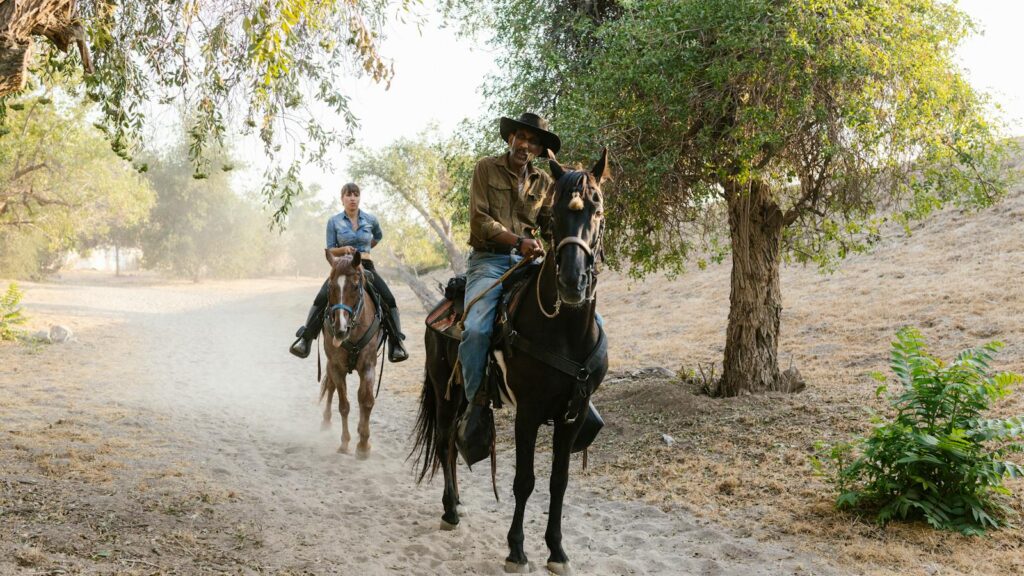Embarking on trail adventures with your equine companion offers a unique opportunity to explore nature while strengthening your partnership with your horse. For newcomers to trail riding, navigating unfamiliar terrain can seem daunting, but with proper preparation and knowledge, it becomes an enriching experience both you and your horse can enjoy safely. This guide will walk you through the essential elements of trail navigation on horseback, from basic preparation to handling challenging situations, ensuring both you and your equine partner develop confidence in the great outdoors.
Understanding Basic Horse Trail Navigation
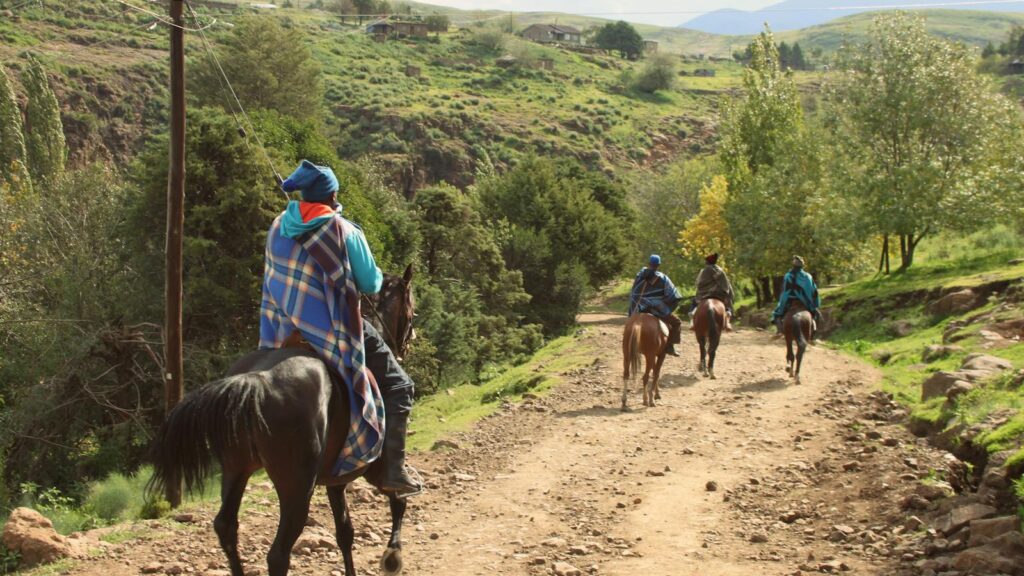
Trail navigation with horses combines traditional navigation skills with horsemanship and an understanding of equine psychology. Unlike hiking or biking, you’re working with a living being that has its own instincts, fears, and capabilities. The foundation of successful trail navigation begins with recognizing that your horse is both your transportation and your partner in this adventure. Horses have natural navigational abilities and environmental awareness that can complement your own skills when properly harnessed. Learning to read maps while simultaneously reading your horse’s body language creates a synergistic relationship that enhances the trail experience. Remember that horses often notice environmental changes before riders do, making them valuable allies in navigation when you learn to interpret their signals.
Essential Equipment for Horse Trail Navigation
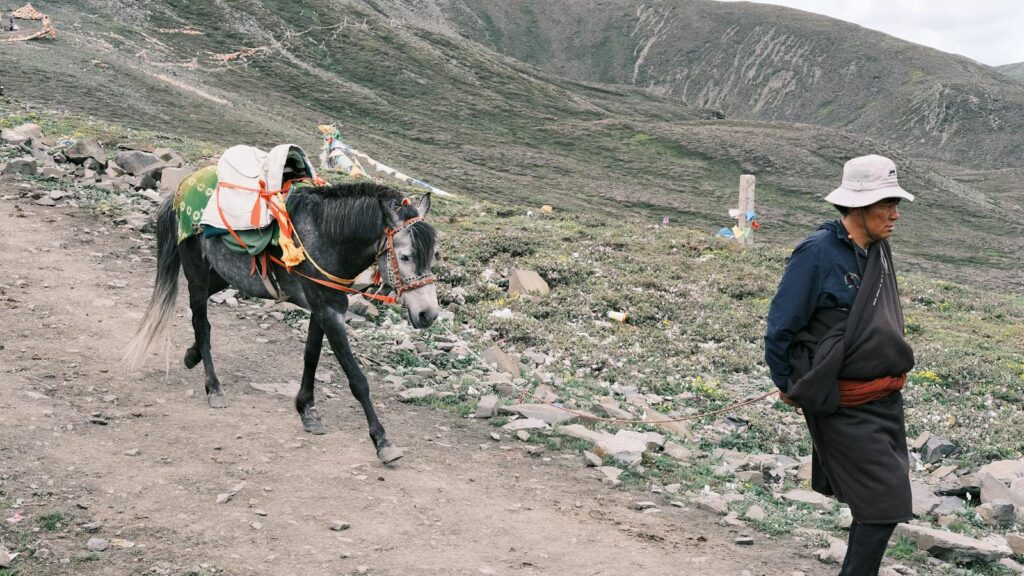
Proper equipment forms the backbone of safe and successful trail navigation with your equine companion. Start with a comfortable saddle suited for long rides, preferably a trail or endurance model that distributes weight evenly. Carry a waterproof map case that can be attached to your saddle or worn across your body for easy reference without dismounting. A handheld GPS device designed for outdoor use provides digital backup, while a compass remains essential for when technology fails. Pack saddlebags should contain emergency supplies including a first aid kit for both human and equine, water, high-energy snacks, a multi-tool, hoof pick, and a lightweight emergency blanket. Don’t forget communication tools like a fully charged cell phone (even if service is spotty) and a whistle for emergencies when you’re within earshot of others.
Preparing Your Horse for Trail Navigation

Before venturing onto trails, your horse needs specific training to build the confidence and skills necessary for varying terrain. Begin by exposing your horse to different ground surfaces in a controlled environment—walking over tarpaulins, through shallow water, and across varying textures familiarizes them with changing footing. Practice basic commands that will be crucial on the trail, ensuring your horse responds promptly to halting, backing up, and side-passing even when distracted or nervous. Introduce your horse to potential trail obstacles gradually, such as logs, bridges, and narrow passages, rewarding calm behavior with praise or treats. Condition your horse appropriately for the physical demands of trail riding, gradually increasing distance and difficulty to build stamina without risking injury or exhaustion.
Reading Trail Maps and Markers

Interpreting trail maps becomes a critical skill when venturing into unfamiliar territory with your equine partner. Start by familiarizing yourself with common map symbols denoting horse-friendly trails, water sources, dangerous areas, and camping locations available for equestrians. Learn to identify contour lines that indicate elevation changes, allowing you to prepare for upcoming climbs or descents that might challenge your horse. Pay special attention to trail markers on trees or posts, which often use color-coding systems to denote different routes, difficulties, or usage permissions. When studying your route before departure, identify key landmarks that will help confirm you’re on the right path, and mark potential bail-out points where you could exit the trail in case of an emergency. Remember that many dedicated horse trails have specific markings different from hiking or multi-use trails, so obtain maps designed specifically for equestrian use when available.
Understanding Trail Difficulty Ratings for Horses
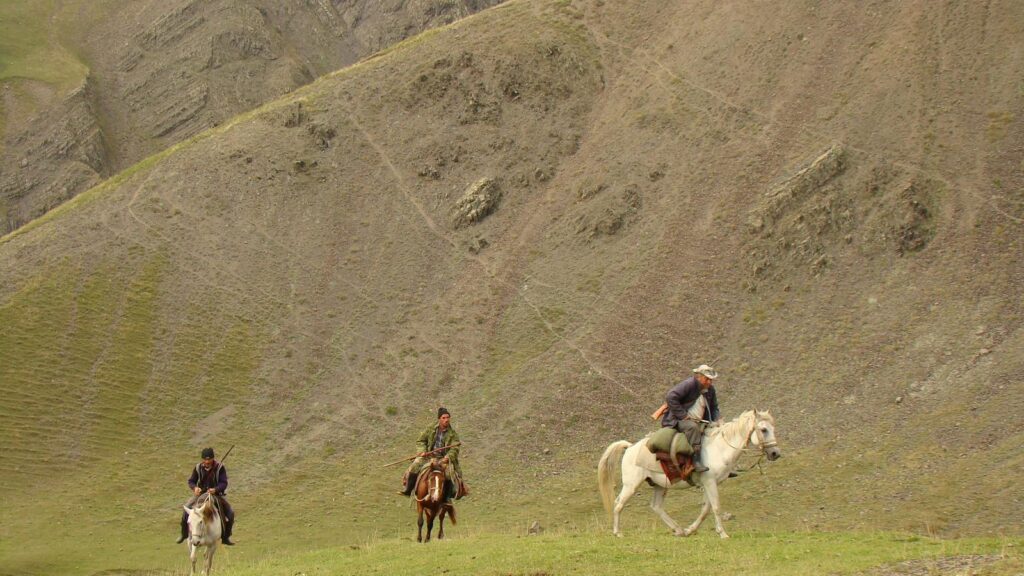
Trail difficulty ratings for equestrians differ from those designed for hikers or mountain bikers, taking into account factors specifically relevant to horses. Easy trails typically feature level ground, wide paths, minimal obstacles, and gentle slopes suitable for novice horses and riders. Moderate trails may include some uneven terrain, occasional obstacles like small streams or logs, and moderate elevation changes that require a horse with some trail experience. Difficult trails present significant challenges including steep inclines, rocky surfaces, multiple water crossings, and narrow passages that demand a well-trained, physically fit horse and confident rider. Beyond official ratings, consider your horse’s individual strengths and weaknesses—a horse that’s nervous around water might struggle on an otherwise “easy” trail with multiple stream crossings, while one with mountain experience might handle elevation changes on a “difficult” trail with ease. Always choose trails that match both your and your horse’s current ability level, gradually working up to more challenging routes.
Natural Navigation Techniques on Horseback

When technology fails or maps become inaccessible, natural navigation skills become invaluable assets for horseback trail riders. The sun provides the most basic directional guidance—rising in the east and setting in the west—though its exact position varies by season, making it important to understand these seasonal shifts. Star navigation, particularly identifying the North Star (Polaris), offers reliable nighttime direction-finding in the northern hemisphere. Plant life often provides subtle navigational clues; for instance, moss typically favors the shadier north side of trees in the northern hemisphere, though this isn’t always reliable in dense forests. Learn to identify prevailing wind patterns in your riding area, as consistent winds can help maintain direction when other indicators are unavailable. Horses themselves possess remarkable homing instincts—if you become disoriented and your horse has traveled the trail before, loosening the reins slightly and allowing them to choose the path sometimes leads back to familiar territory.
Water Crossing Navigation with Horses
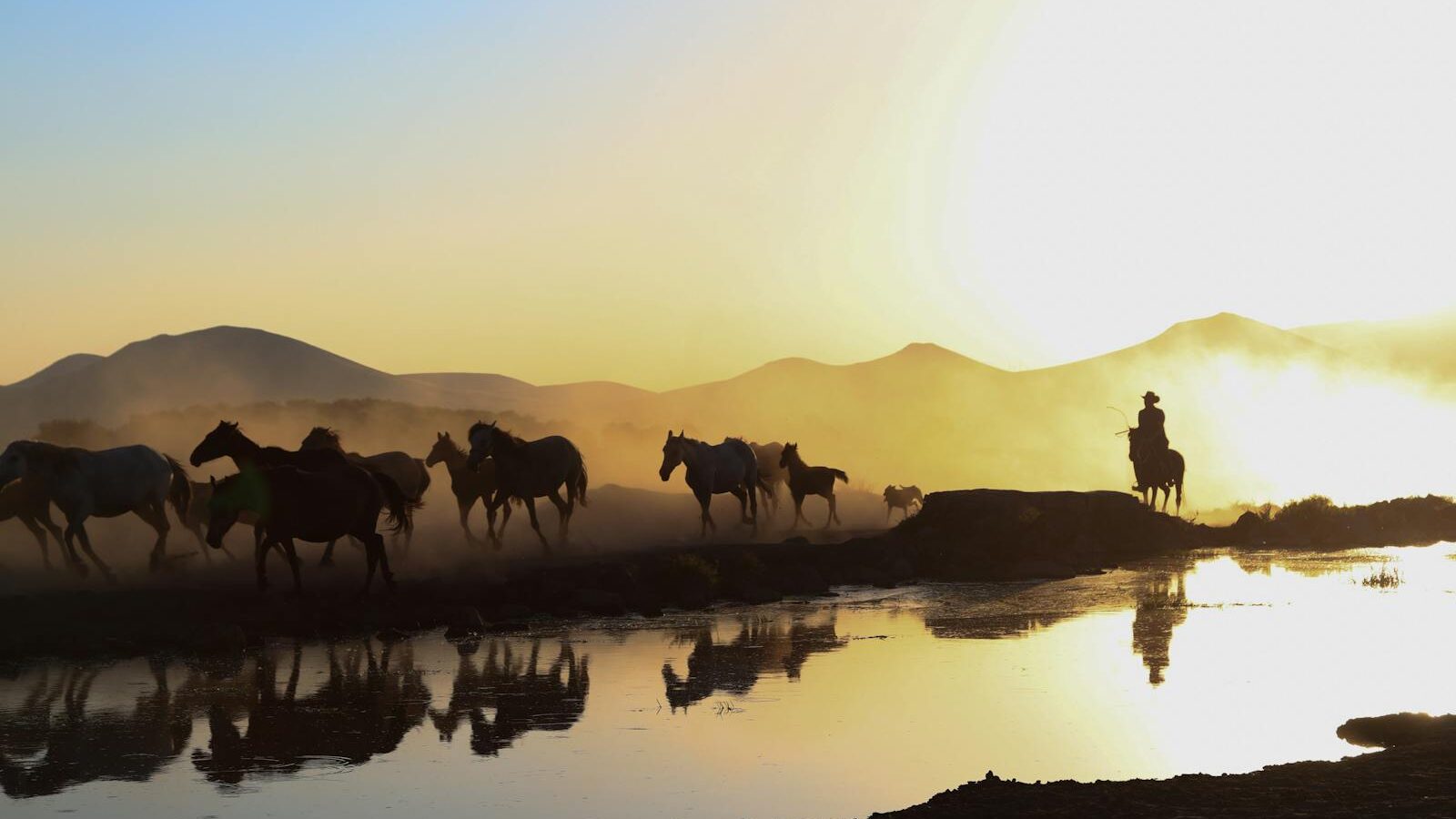
Water crossings present unique challenges that require specific navigational and horsemanship skills to traverse safely. Before entering any water with your horse, assess the current speed, water clarity, and potential hazards like submerged objects or unstable banks. Select crossing points where both entry and exit banks are gradual rather than steep, giving your horse confident footing when transitioning between land and water. For deeper crossings, monitor the water level against your horse’s legs—generally, water reaching above your horse’s belly necessitates swimming, which requires different handling techniques and poses greater risks. Cross at a slight angle upstream against the current, which helps prevent your horse from being swept downstream while maintaining forward momentum. Allow your horse to drop their head if needed to examine the water, as horses use their excellent vision and sense of smell to assess water safety. After crossing, walk your horse for several minutes to warm up muscles that may have tightened in cold water and check hooves for stones or debris that may have been picked up.
Navigating in Poor Weather Conditions
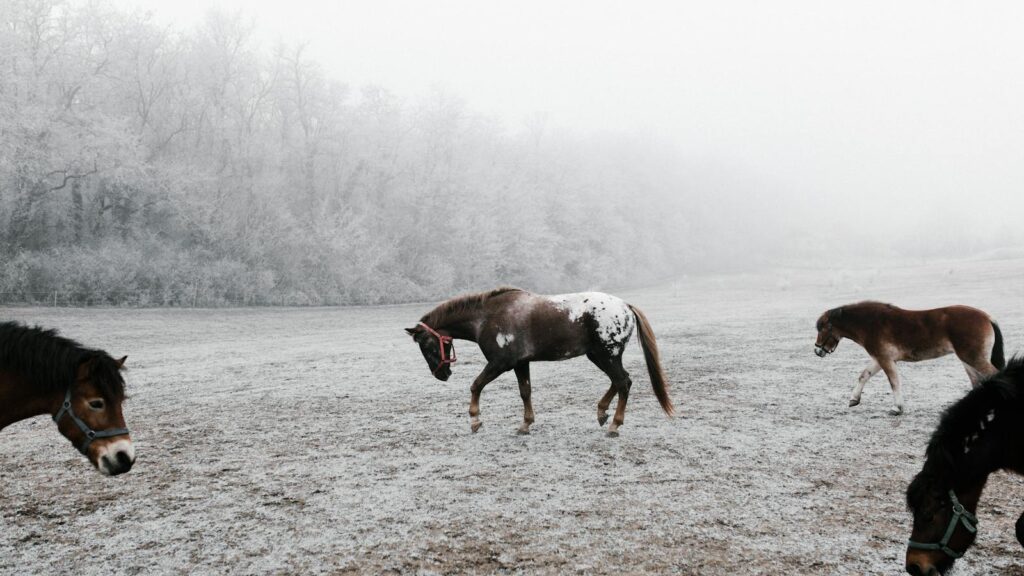
Weather changes can dramatically alter trail conditions and visibility, requiring adaptable navigation strategies for horseback riders. When fog descends, reducing visibility, rely more heavily on your compass or GPS while slowing your pace significantly to allow your horse time to assess footing. During rainstorms, be particularly cautious of trails that follow watersheds or cross normally dry creek beds, as flash flooding can develop rapidly with little warning. High winds present dangers from falling branches and trees, making forests particularly hazardous during windstorms; consider seeking open areas away from tall vegetation if winds pick up unexpectedly. In extreme heat, navigation should include identifying shaded rest areas and water sources, adjusting your route to prioritize these locations every hour to prevent horse dehydration and heat stress. Winter conditions create their own challenges with snow potentially obscuring trail markers; follow established tracks when possible, but verify direction frequently as others may also be disoriented in snowy conditions.
Using GPS and Digital Navigation Tools on Horseback

Modern technology offers powerful navigation aids specifically beneficial for equestrians exploring remote trails. Choose GPS devices with long battery life and rugged, waterproof designs that can withstand the vibrations and occasional bumps inherent to horseback riding. Many trail-specific apps now include equestrian filters that highlight horse-friendly routes, water troughs, and trailer parking areas not found on standard maps. When using smartphone apps, invest in a weatherproof, secure phone mount that attaches to your saddle or arm for easy viewing without compromising your ability to control your horse. Before relying on digital tools in remote areas, download offline maps covering your entire planned route plus surrounding areas in case you need to deviate from your original path. Some advanced GPS trackers allow friends or family to monitor your progress remotely, adding an extra layer of safety when venturing into isolated terrain. Remember that all electronic devices can fail—carry backup power sources and maintain traditional navigation skills regardless of your technological equipment.
Trail Etiquette and Right-of-Way Navigation
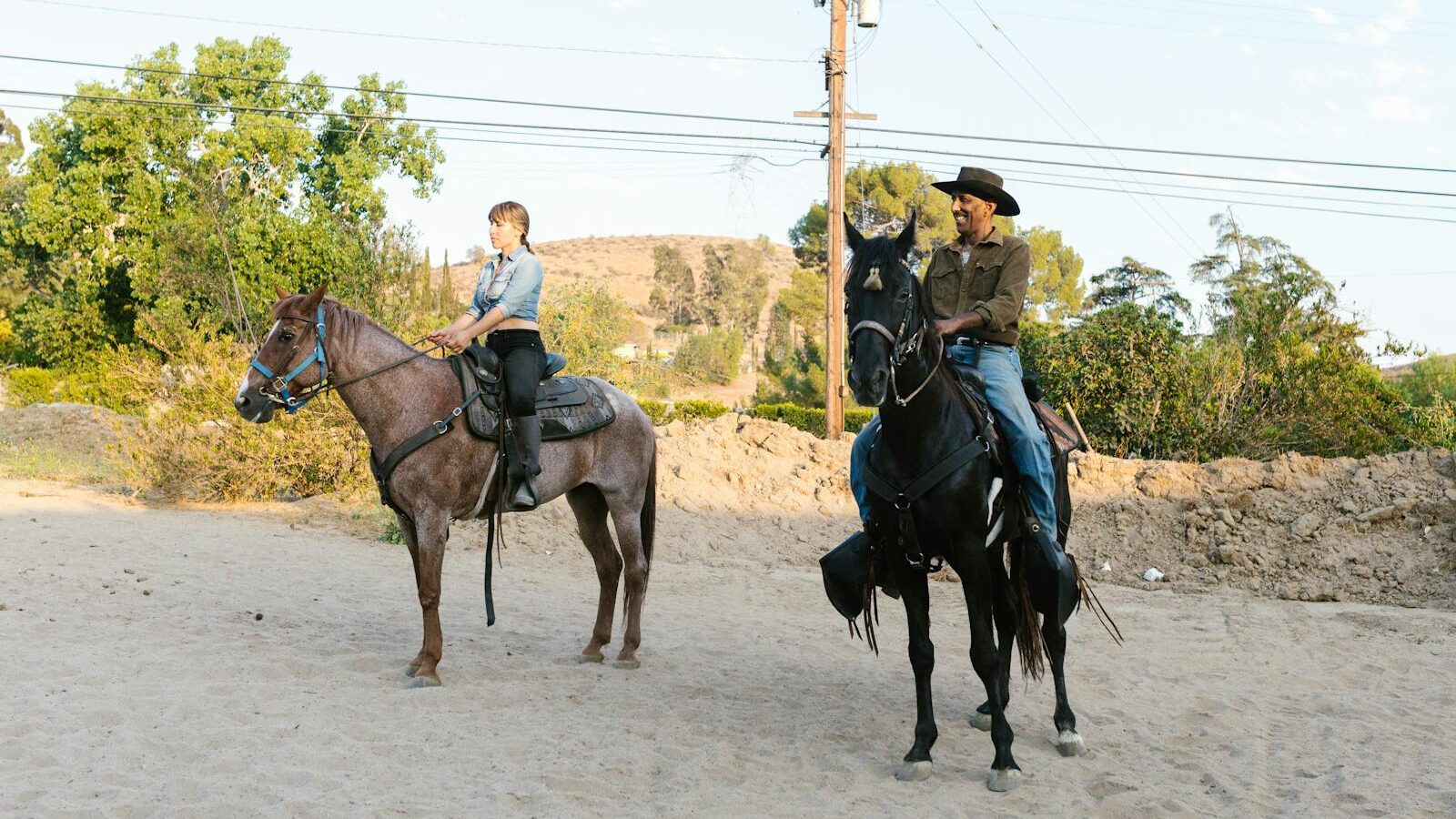
Proper trail etiquette ensures positive experiences for all trail users while preventing potentially dangerous encounters for you and your horse. On multi-use trails, horses generally receive right-of-way from other users due to their unpredictability as flight animals—however, it’s your responsibility to communicate clearly with approaching hikers or cyclists about how they should proceed. When encountering other horseback riders, pass left shoulder to left shoulder when possible, announcing your approach well in advance with a friendly greeting. When navigating past hikers or bikers, a calm “hello” helps prevent startling encounters, and thanking others who step aside for you cultivates goodwill toward equestrians. On narrow trails where passing is difficult, the rider heading uphill typically has right-of-way since restarting on an incline is more challenging for horses. Be mindful of trail conditions and avoid creating new paths or cutting switchbacks, which contributes to erosion and habitat destruction regardless of the navigational advantage it might seem to offer.
Night Navigation on Horseback

Riding after sunset requires specialized navigation skills and equipment to ensure safety in limited visibility conditions. Carry multiple light sources, including a headlamp for map reading, a flashlight for signaling, and reflective gear for both you and your horse to increase visibility to others. The reduced visual input makes other senses more important—listen carefully to your horse’s reactions, as their superior night vision and acute hearing often detect obstacles or wildlife before you become aware of them. Plan night rides along familiar trails whenever possible, as navigating new terrain in darkness significantly increases the risk of becoming disoriented. When consulting maps or GPS at night, use red-filtered light which preserves your night vision better than white light, allowing your eyes to readjust quickly to the darkness. Remember that horses generally move more cautiously at night, sometimes lifting their feet higher to avoid unseen obstacles, which can create a different riding experience requiring adjustments to your balance and expectations.
Emergency Navigation When Lost

Despite the best preparation, situations may arise where you become disoriented or lost while trail riding. If you realize you’re off course, the first rule is to stop immediately to prevent traveling further in the wrong direction and creating a more challenging situation. Consult your map and GPS, attempting to triangulate your position using visible landmarks or backtracking to your last known location. If completely disoriented without technology, secure your horse to prevent wandering, then climb to higher ground if safely possible to gain a better vantage point for recognizing landscape features. In true emergencies where darkness is approaching or weather is deteriorating, prioritize finding a safe location to shelter rather than continuing to travel aimlessly. Signal for help using three of anything—three whistle blasts, three gunshots (if carrying a firearm for protection), or three smoky fires arranged in a triangle, which are universally recognized distress signals. Remember that in most cases, staying with your horse provides better odds for rescue—horses are more visible from the air than lone humans, and search parties often look for evidence of horses first.
Building Progressive Trail Navigation Skills
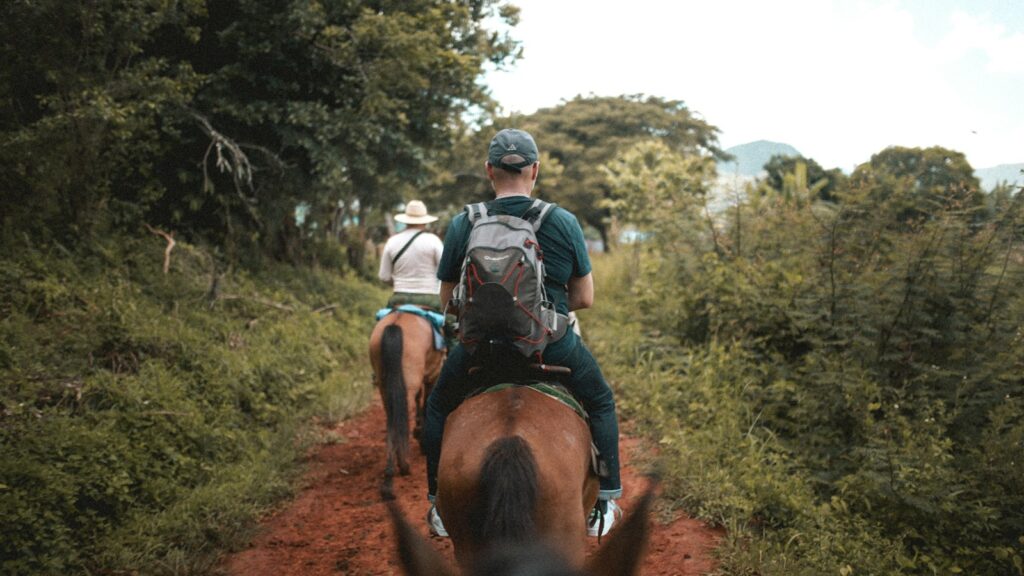
Developing true competence in equestrian trail navigation requires a methodical approach that builds skills progressively. Begin with short rides on well-marked trails close to access points, focusing on matching map features to real-world landmarks and practicing basic compass orientation while on horseback. As confidence grows, gradually increase distance and complexity, intentionally navigating trail intersections and identifying alternative routes. Join organized trail rides led by experienced guides who can share local knowledge about seasonal conditions, hidden water sources, and area-specific navigation challenges. Practice specific scenarios in controlled settings, such as finding your position when landmarks are obscured or determining direction without technological aids. Seek formal training through wilderness horsemanship courses that combine navigation skills with emergency preparedness specifically for equestrians. Keep a trail journal documenting conditions, challenges, and solutions encountered on different routes, creating a personal reference guide that enhances your ability to make informed decisions on future rides.
conclusion
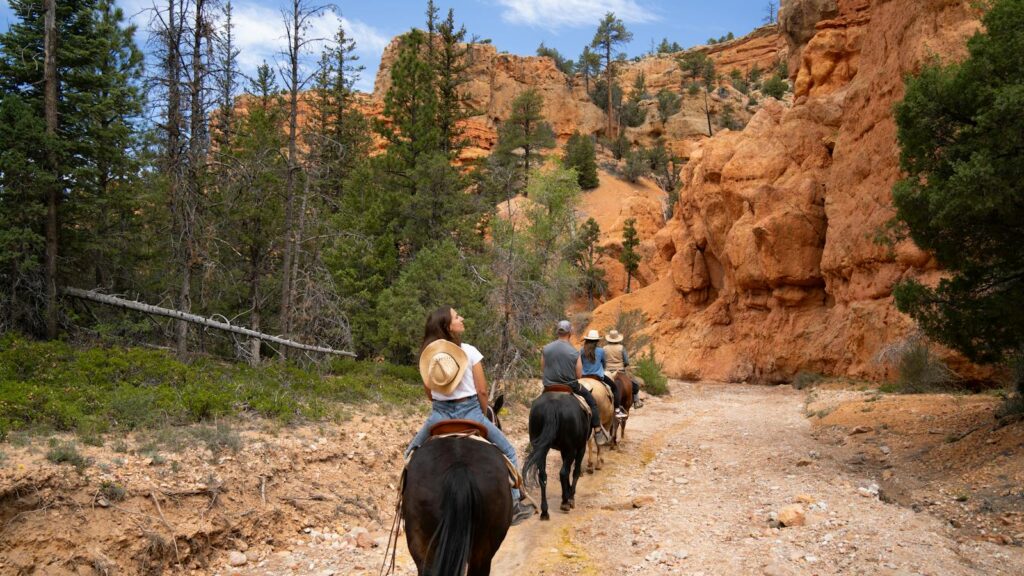
Trail navigation with horses combines ancient partnership with modern techniques, creating an experience that connects riders deeply with both their animals and the natural world. The journey from novice to confident trail navigator requires patience, practice, and a willingness to continuously expand your skills. As you and your horse explore increasingly challenging terrain together, you’ll develop an intuitive communication system that enhances both safety and enjoyment. Remember that becoming a skilled equestrian navigator isn’t merely about avoiding getting lost—it’s about developing the confidence to explore new territories while maintaining the well-being of your horse and respecting the environments you travel through. With proper preparation and progressive skill development, the trails offer endless opportunities for adventure and growth in one of humanity’s oldest forms of partnership-based exploration.

